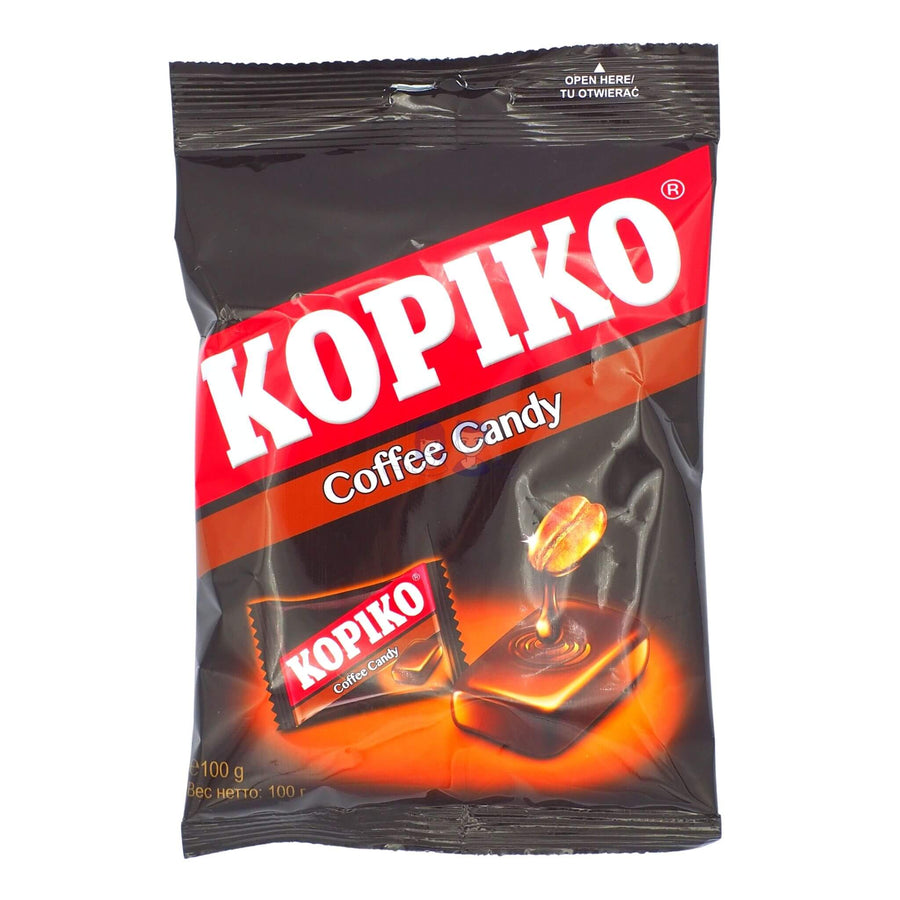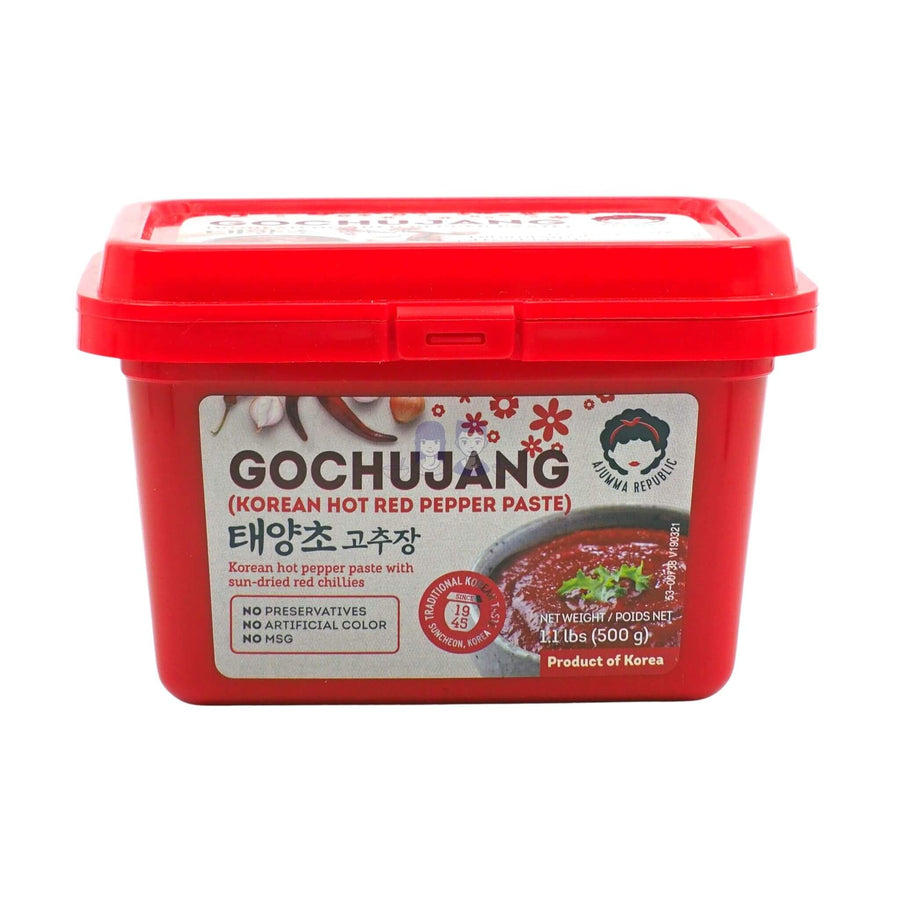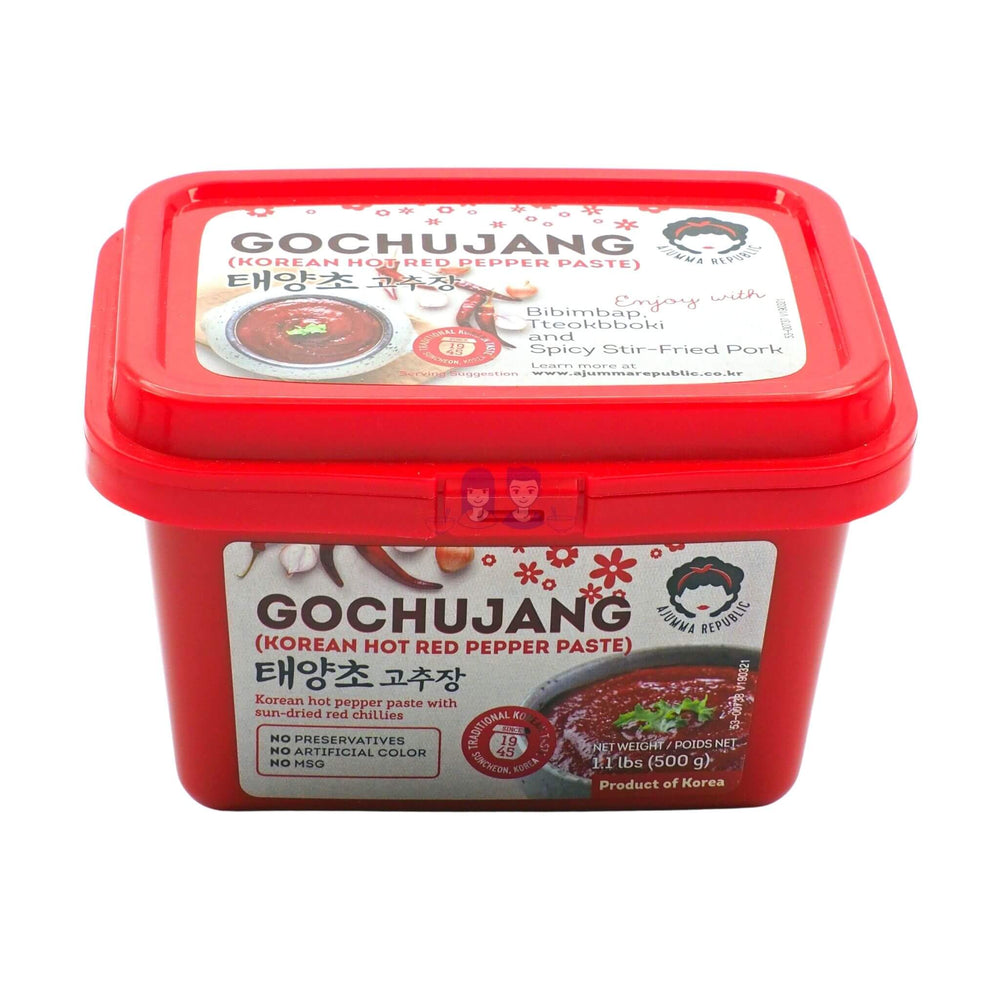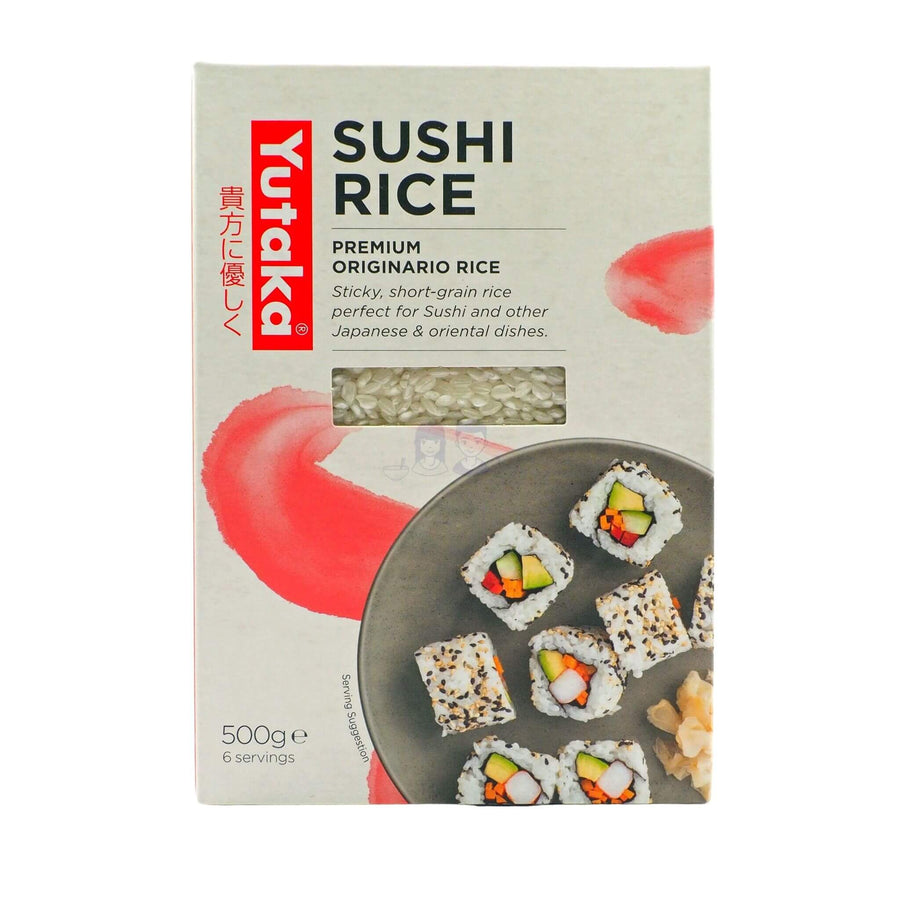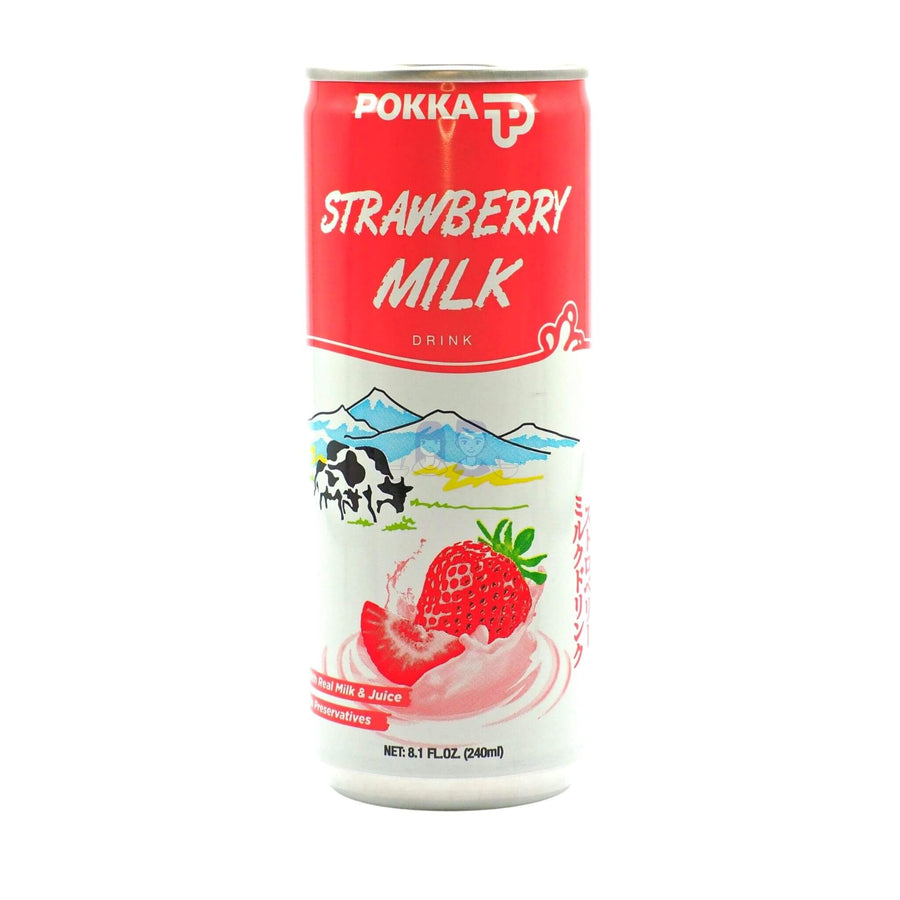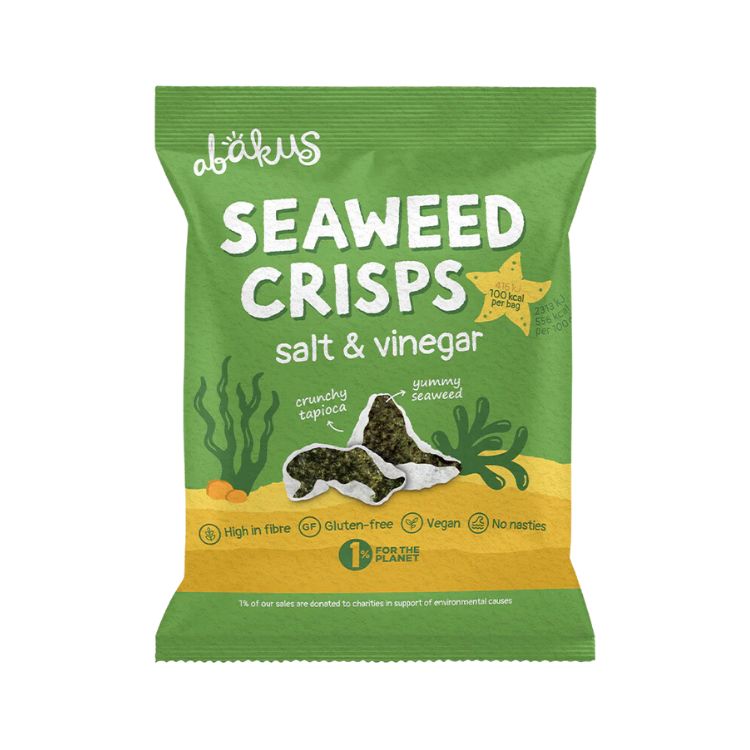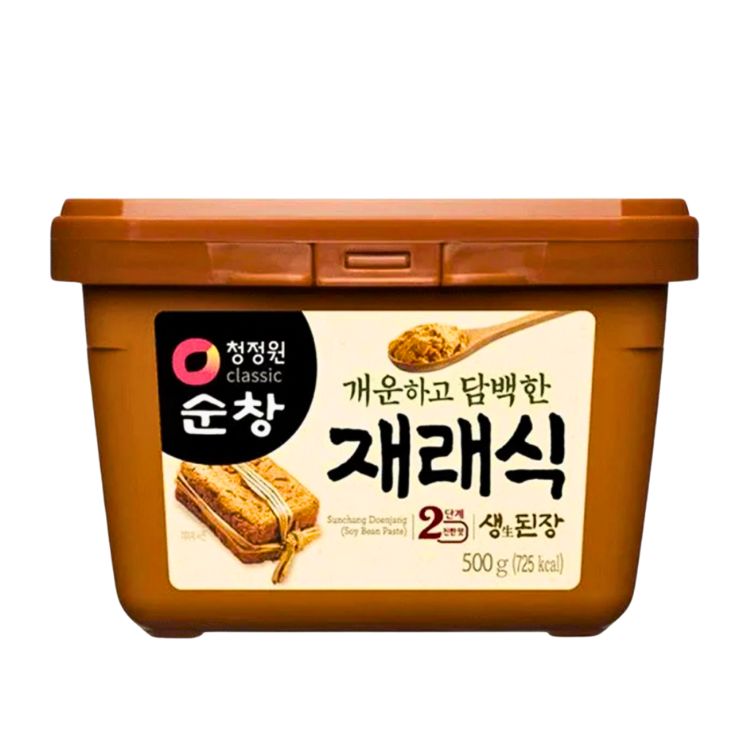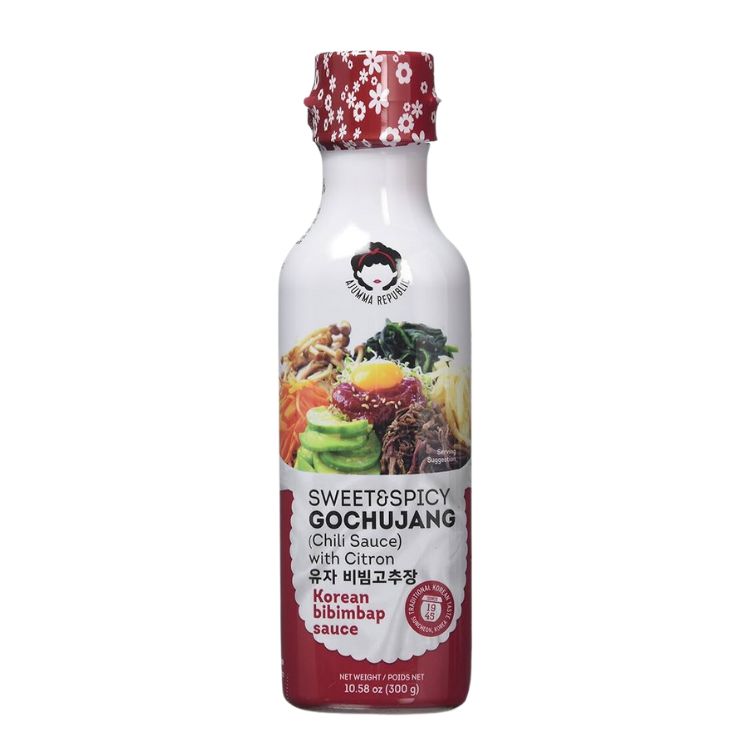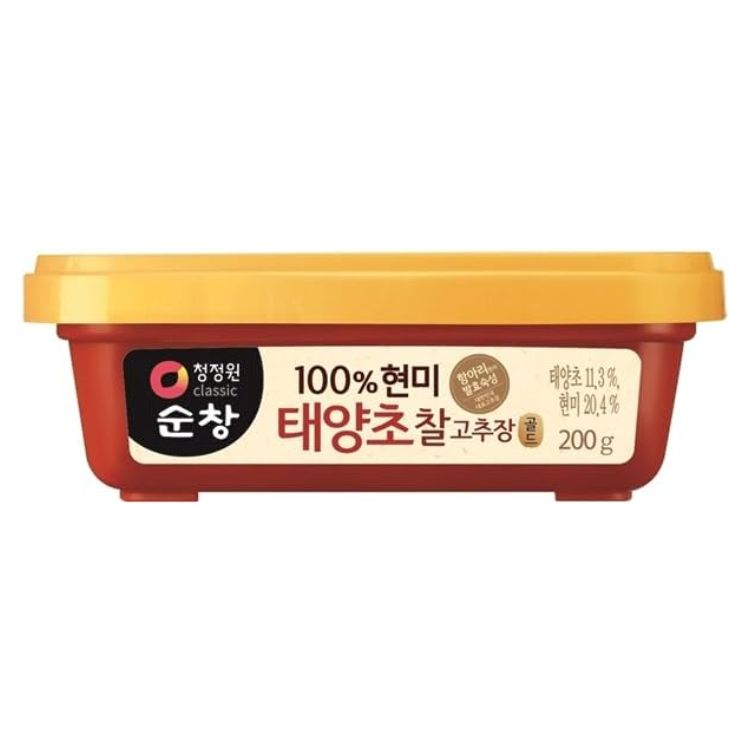What is Gochujang? Exploring Its Origins and Must-Try Gochujang Recipes
Gochujang sauce is often considered the heartbeat of countless Korean dishes. This versatile, fermented chilli-pepper paste layers gentle sweetness, deep umami, and a lingering heat, making it an indispensable seasoning, condiment, marinade, and cooking sauce for adventurous home cooks.
Although its texture is somewhat similar to tomato ketchup, gochujang has a far more dynamic taste profile, influenced by its ingredients and the fermentation process.
In recent years, with the global rise of Korean pop culture and culinary influences, gochujang recipes, along with other popular Korean ingredients, have found their way into kitchens worldwide, including ours.
→ Shop now: Our handpicked Gochujang Sauce
What is Gochujang?
Gochujang is a fermented red chilli pepper paste commonly used in Korean cooking. Its rich umami profile is owed to the fermentation process, a technique deeply ingrained in Korean culinary traditions.
Gochujang holds a significant place in Korean culture. Traditionally, Korean households would prepare this paste at home, allowing it to ferment over several months. Ingredients, including freshly prepared chilli paste, would be left under the sun, transforming into the aromatic paste we recognise today as gochujang.
Gochujang is rarely eaten as is; instead, it's frequently used as a seasoning, condiment or cooking sauce to enhance the flavour and texture of a vast range of Korean dishes.
In our opinion, everything tastes better when it's got gochujang inside.

Flavour Profile of Gochujang
Think of gochujang as a perfectly balanced quartet of tastes:
- Spicy – a slow-building heat from sun-dried Korean red chillies.
- Sweet – natural sugars developed during the fermentation of glutinous rice.
- Savoury (Umami) – depth supplied by fermented soybeans.
- Salty – a gentle salinity that rounds out each bite.
This complex profile lets the paste shine in everything from hearty stews to quick week-night marinades, giving dishes a bold yet harmonious kick.
Nutritional Snapshot (per tablespoon)
Approximate values:
- Calories: 30 kcal
- Protein: 1 g
- Fat: 0.5 g
- Carbohydrates: 6 g (of which sugars: 4 g)
- Sodium: 480 mg
These figures can vary slightly by brand, but they give a useful benchmark for anyone tracking macros or salt intake.
Key Ingredients and Varieties of Gochujang
The key ingredients of gochujang are Korean red chilli peppers (gochu garu), glutinous rice, fermented soybean powder (meju), and salt.
While the key ingredients remain consistent, regional and familial variations of gochujang exist. Some might have a sweeter undertone, thanks to the addition of sweeteners like honey or sugar, while others might intensify the heat with additional spices. There are also artisanal varieties that incorporate unique ingredients, producing a distinct taste and texture.
Origins and History of Gochujang
Historical records suggest that ancient forms of gochujang might have existed since the era of the Three Kingdoms, which started over 2000 years ago and spanned from 37 BC to 668 AD.
The introduction of chilli peppers during the 16th century from the New World transformed this condiment.
As chilli peppers became more integrated into Korean farming and cuisine, gochujang's modern version began to take shape.
Gochujang's Rise in Global Popularity
Modern restaurants and home-chefs, both within and outside Asia, have started to incorporate gochujang into their repertoire even when it's not Korean food. It's not uncommon to find this paste enhancing dishes like burgers, tacos, or even spaghetti.
We personally enjoy the fusion of gochujang in Western dishes as we believe it showcases its versatility and the increasing appreciation for Korean flavours in global culinary scenes.
26 Must-Try Gochujang Recipes
Whether traditional or modern, here are some recipes that feature gochujang, the majority of which can be found at restaurants or are easy to make from home.
Korean and Asian Gochujang Recipe Ideas
#1 Gochujang Bibimbap
Bibimbap translates to "mixed rice," and this is because the dish is a vibrant ensemble of ingredients. It's typically made with steamed rice, sautéed vegetables, sliced beef, a fried egg, and gochujang sauce.
The beauty of bibimbap is its versatility - ingredients can be adjusted to taste. We recommend mixing everything together thoroughly before eating, ensuring each bite is a flavourful surprise.

#2 Gochujang Toppoki
Toppoki, often spelt "tteokbokki", is a beloved Korean street food featuring chewy rice cakes bathed in a rich and spicy sauce primarily made with gochujang. These cylindrical rice cakes pack a delightful, mochi-like texture that pairs wonderfully with the fiery depth of the gochujang-based sauce.
The joy of toppoki is its adaptability - while traditional versions come with fish cakes and boiled eggs, modern takes might include cheese, seafood, or even noodles. For a truly immersive experience, we advise indulging in it piping hot, allowing the thick sauce to coat every inch of the rice cake, delivering an unforgettable punch of spicy sweetness.

#3 Korean Spicy Noodles
A warming, nourishing bowl of noodles gets a spicy kick with gochujang. Just a spoonful of gochujang enhances the broth, adding not just heat but a deep umami flavour. Don't forget to top it with classic ramen ingredients; our favourites include fishcakes, a ramen egg, nori, and perhaps some tender pork belly slices.

#4 Gochujang Tofu Stir-fry
The softness of tofu perfectly complements the spicy, rich flavours of gochujang. Start by pan-frying tofu until it's golden. In a separate pan, sauté some garlic, ginger, bell peppers, and snap peas. Combine the tofu, drizzle with a gochujang-soy sauce mix, and stir-fry until everything's coated and glossy.
#5 Spicy Korean Chicken Wings
Marinate chicken wings in a mixture of gochujang, honey, ginger, and garlic. Then bake in the oven until they're crispy. We love sprinkling some sesame seeds right at the end, too. These wings are perfect for game nights or any occasion that calls for finger food.

#6 Gochujang Kimchi Fried Rice
Enhance the flavours of kimchi fried rice by introducing gochujang. As the rice fries with kimchi, add a generous dollop of gochujang for that added depth and spice. We love this straightforward but delicious meal.

#7 Gochujang Grilled Shrimp Skewers
Marinate shrimps in a mix of gochujang, lemon juice, and garlic. Grill them until perfect and then serve with a side of tangy gochujang mayo.
#8 Gochujang Beef Bulgogi
A popular dish in Korean BBQ. Cook by marinating thin slices of beef in a fusion of soy sauce, sesame oil, sugar, and a tablespoon of gochujang. Once grilled, we recommend serving with lettuce wraps and if you fancy a little more gochujang for that added kick.

#9 Gochujang Glazed Salmon
A simple, healthy, yet utterly delicious dish. The salmon fillets are brushed with a glaze made from gochujang, honey, and soy sauce, then either baked or grilled.
#10 Gochujang Pork Belly Bao
Tender slices of pork belly are seasoned and pan-seared, then nestled inside fluffy bao buns with a generous smear of gochujang sauce, pickled vegetables, and fresh cilantro.
#11 Spicy Gochujang Soup (Jjigae)
Enjoy a heart-warming soup often made with tofu, mushrooms, onions, and zucchinis, flavoured with a rich broth containing gochujang.

#12 Gochujang Marinated Ribs
Marinate baby back ribs in a sauce made of gochujang, ginger, garlic, and honey, then slow-cooked till they're falling off the bone.
#13 Gochujang Vegetable Stir-fry
Stir-fry a medley of chicken, fresh vegetables like bell peppers, snap peas, and broccoli in a sizzling wok and round off with a splash of gochujang.
#14 Gochujang Pancakes (Jeon)
Mix gochujang into the batter of your Korean pancakes, adding vegetables or seafood as per your preference.

Western Gochujang Recipe Ideas
#15 Gochujang Devilled Eggs
Devilled eggs are given an Asian twist with the yolk mixture being enhanced with a touch of gochujang, giving it a unique spicy flavour profile.
#16 Spicy Korean Pizza
If you enjoy pizza as much as we do, then you will love this Korean Pizza recipe. Top a simple pizza base with mozzarella, bulgogi beef, kimchi, and drizzle with a gochujang-infused sauce.
#17 Gochujang Popcorn Chicken
Fry bite-sized pieces of chicken until golden, then toss them in a spicy gochujang glaze. Add some roasted sesame seeds if you fancy.

#18 Gochujang Cucumber Salad
Toss crisp cucumber slices in a dressing made of gochujang, rice vinegar, and sesame oil, making for a refreshing side dish or even a main meal.
#19 Gochujang and Peanut Butter Sandwich
It might sound unconventional, but the creamy peanut butter paired with a hint of gochujang offers a delightful sweet, nutty, and spicy combination.
#20 Gochujang Mixed Nuts
Glaze roasted mixed nuts in a mix of gochujang, honey, and sesame oil. This is the perfect spicy snack on the go.
#21 Gochujang Quesadilla
Transform this Mexican classic by adding gochujang to the filling of cheese, beans, and chicken in a quesadilla and transform it into an Asian-inspired treat.
#22 Gochujang Omelette
Elevate your morning omelette by adding a spoonful of gochujang to your egg mixture, then fill with cheese, onions, and bell peppers.

#23 Gochujang Mashed Potatoes
Infuse your creamy mashed potatoes with a hint of spice by blending in some gochujang.
#24 Gochujang Meatballs
Mix gochujang into your meatball mixture or use it in the glaze for a spicy twist to this classic dish.
#25 Gochujang Roast Chicken
Marinate a whole chicken in a blend of gochujang, soy sauce, garlic, and ginger, then roast until it's juicy on the inside and crispy on the outside. We sometimes prefer this meal to a traditional roast lunch on a Sunday.
#26 Gochujang Brussel Sprouts
Roast Brussels sprouts after tossing them in a mixture of gochujang, olive oil, and a sprinkle of salt.
Tips and Tricks: Using Gochujang to Its Full Potential
- Cooking Sauce: A small amount can transform your dish, but remember to start with a little and adjust according to your spice tolerance.
- Seasoning: Just a sprinkle of gochujang powder can elevate pretty much any dish, including stir-fries, stews, or even plain rice, infusing them with a deep, spicy umami kick.
- Condiment: Perfect on its own or mixed into other sauces, it can be a dip or a spicy drizzle on various dishes.
- Marinade: Combine with honey, garlic, and some soy sauce for a rich, flavourful marinade that works wonders on meat and veggies alike.
Quick Homemade Gochujang Sauce
Need a fast dipping sauce or drizzle? Stir together:
1 tbsp gochujang • 1 tbsp soy sauce • 1 tsp rice vinegar • 1 tsp honey • ½ tsp sesame oil.
Whisk until smooth, taste, and adjust sweetness or heat to preference. This 60-second sauce lifts grilled meats, roasted veggies, or even fries.
Buying and Storing Gochujang
For anyone new to Asian ingredients, choosing gochujang sauce is easier than it sounds:
- Check the label: Look for short ingredient lists free from artificial colours or preservatives.
- Heat level: Korean manufacturers often print mild, medium, or hot on the tub—pick the spice that suits your palate.
- Storage: Keep sealed tubs in a cool, dry cupboard. After opening, press a sheet of baking parchment directly on the surface, replace the lid, and refrigerate; this simple step prevents surface drying and preserves flavour for up to a year.
- Shop with confidence: All the gochujang tubs in our hand-picked range meet these quality standards, so you can focus on cooking, not label-reading.
Final Word
The fiery yet intricate flavours of gochujang make it one of our favourite Asian sauces and a valuable ingredient in any kitchen. While deeply rooted in Korean traditions, its adaptability ensures that it can find a place in a great number of culinary creations. As more chefs and home cooks continue to explore and incorporate it, gochujang recipes are set to remain a global favourite for years to come.


